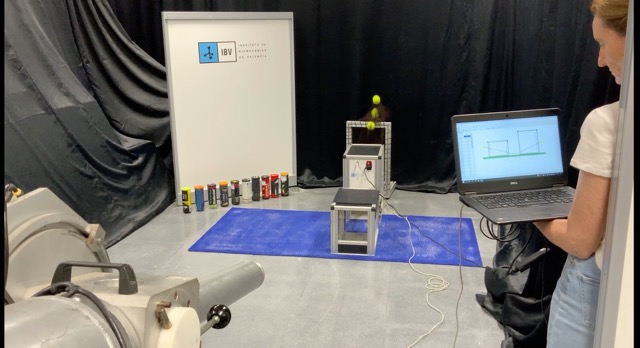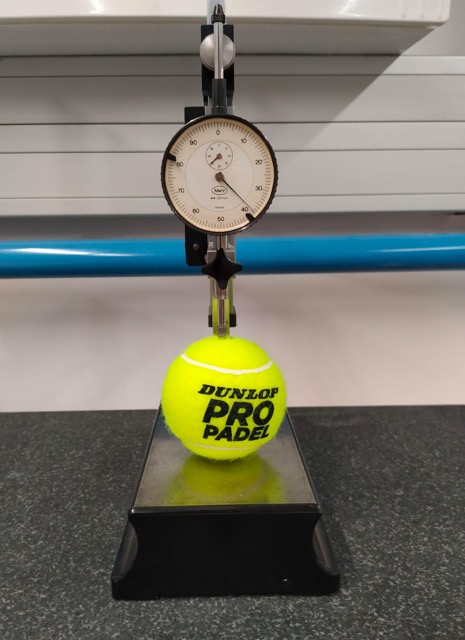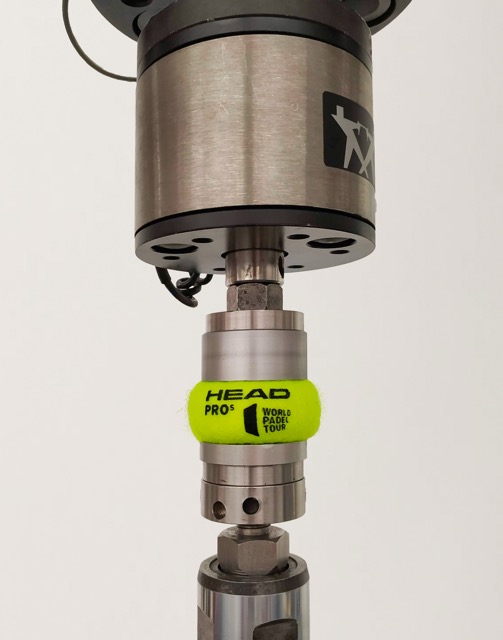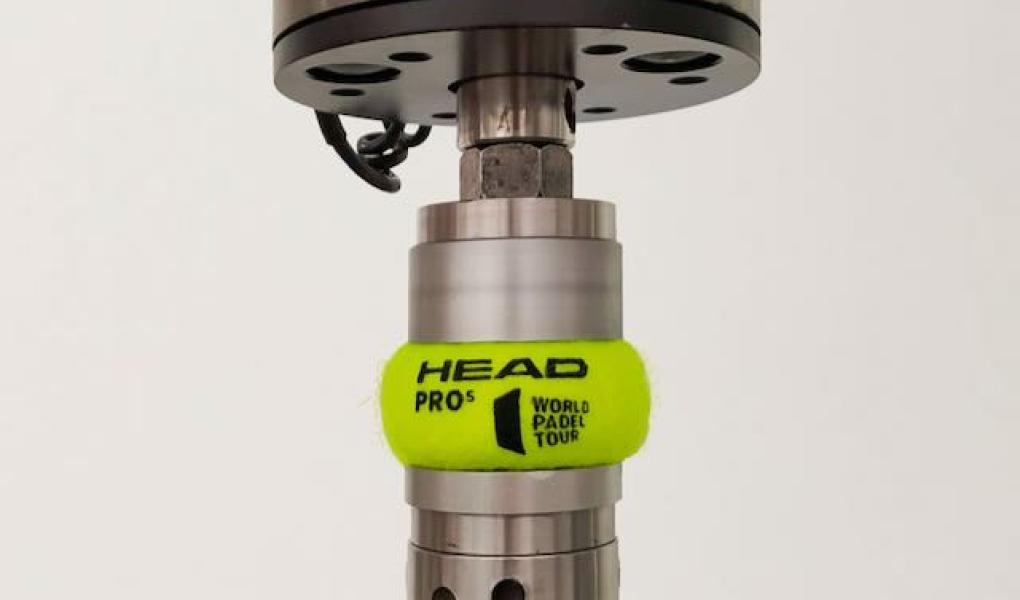The life span of a padel ball is of course affected by the number of hits and how hard you hit, but for the average recreational player, a ball change every three games is recommended. In official competitions, the ball is changed more frequently, often during the same match.
The International Padel Federation, FIP, is the international parent organization that, among other things, specifies the official requirements for padel balls used in official competition contexts. The requirements include the ball's weight, bouncing ability and hardness.
Testfakta has used the same requirements when testing padel balls from ten well-known brands, all categorized as faster by the manufacturers.
The tests have been carried out by the independent laboratory IBV, Instituto de Biomecánica de Valencia, accredited by the FIP for the testing of padel balls.
The laboratory has measured the weight, dimension, bounce, speed, friction and hardness of the balls – first in new condition and then how the balls' properties changed after a period of play. Speed refers to how fast the ball is on the court (speed of the bounce return), and not the speed of the hit itself.
[PDF]
In short, the test shows that the majority of balls do not meet all of FIP's official requirements. But since the deviations are small and the target group for the test is the typical recreational player, these are not taken into account in the overall rating. However, the deviations may be important for the competitive player and are therefore reported separately (see side article).
The test shows large differences between the balls, despite the fact that manufacturers declare similar characteristics for bounce, speed and hardness. Some are very fast, others slow and some bounce considerably higher than others.

The entry and exit velocity of the ball is measured when it is cast with 70 km/h at an angle to the track surface. Photo: IBV.
To test the endurance of the balls, they were subjected to 666 strokes where the ball hits the court diagonally at a speed of 70 km/h. Despite a relatively limited number of strokes, which are equivalent to barely a three-setter, the technical characteristics of the balls changed markedly, and the ball speed dropped by up to 14 percent for some brands.

But it's not just the number of strokes that affects life expectancy. Already when the vacuum packaging of the balls is broken, the compression is affected by the pressure of the surrounding atmosphere. In other words, a new ball ages even when it is not in play. Therefore, it is wise to store the balls in the package until game time.
The test shows above all how the balls lose pressure and become softer, which reduces the speed of the bounce return and gives a slower game. However, the bounce without force becomes higher after a period of play, which is important for the serve as the ball is released towards the court from hip level.

One ball that really stands out is Head, which loses a whopping 27 and 31 percent respectively in the various compression tests, compared to the average of 16 and 10 percent, respectively. Despite this, the speed of the ball is not significantly affected in the test with a ball speed of 70 km/h. But the impact is probably significantly greater at higher ball speeds, such as in a smash where the ball reaches over 120 km/h or when it is hit against the glass.
In summary, based on the test, it can be concluded that there are large differences in ball properties between different brands and that a well-known brand is not necessarily a guarantee of longer service life.


